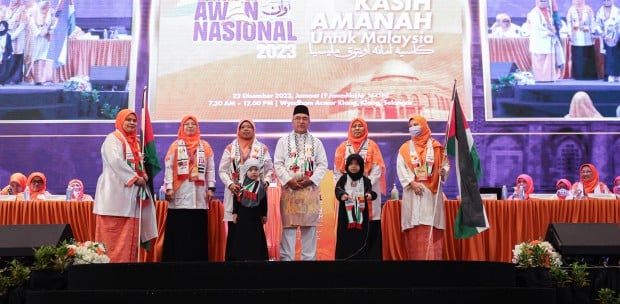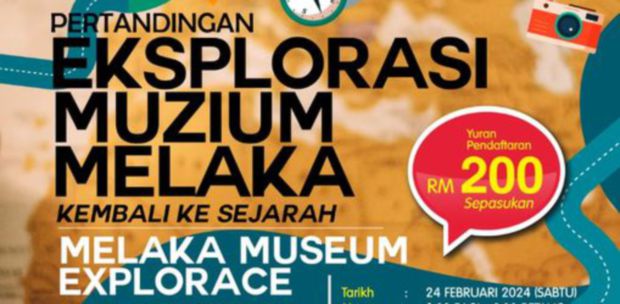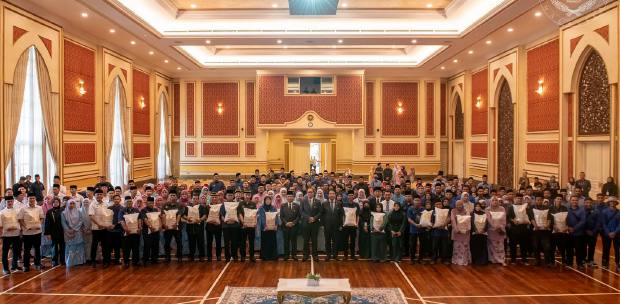Walking through Muzium Negara's galleries and outdoor display area that chronicle our nation's progress helps Alan Teh Leam Seng learn more on the country's democracy system.
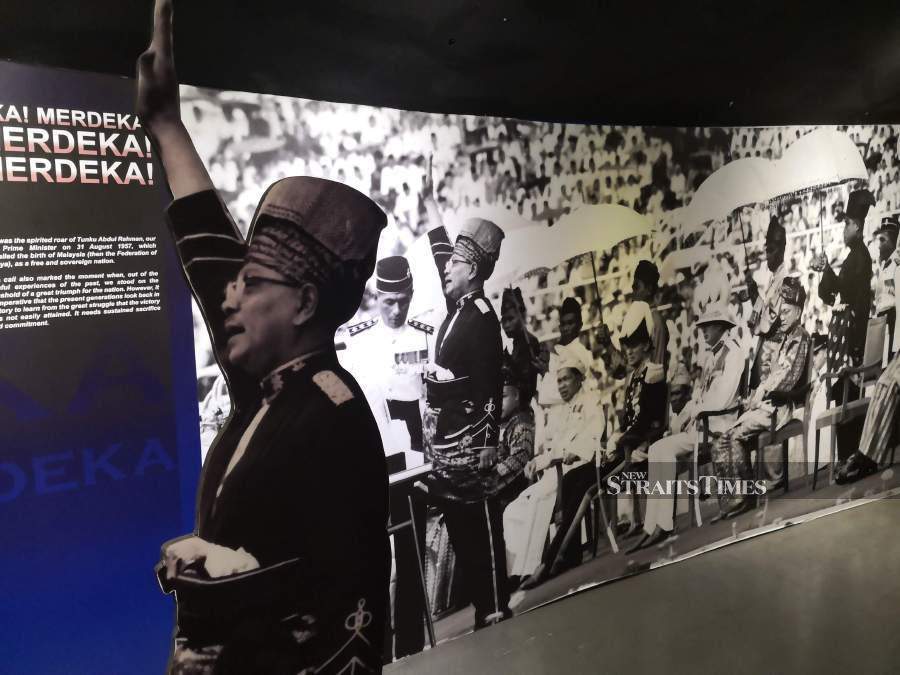
BEFORE heading for the ballot box this Saturday to cast my vote in the 15th General Election, I make the timely visit to Muzium Negara to learn more about Malaysia's rapid progress especially those made after our country achieved independence.
Those milestones, in my opinion, are key to help decide on the government that is best able to provide a steady hand in bringing further prosperity to all Malaysians.
While nearby carparks charge reasonable hourly rates, the fear of not being able to secure a parking spot since it is the weekend prompts me to take the KTM Commuter and alight at the KL Sentral station. From there, it is just a short walk along covered mall corridors to my destination.
While the other hassle-free option is to use the MRT and get off at the Muzium Negara Station, it is less convenient since I am coming from the Gardens Hotel at Lingkaran Syed Putra's Mid Valley City.

A GOOD START
The visit gets off on an interesting start with a brief information on the establishment of our National Musuem right from its entrance.
Just as our nation was at the cusp of achieving self-rule, then Prime Minister Tunku Abdul Rahman mooted the idea of having a national repository to celebrate our nation's independence.
Consultations and fundraisers for a museum that reflected Malaya's rich cultural heritage, traditions and customs were held before decision was eventually made in 1959 to have Muzium Negara built on the ruins of the Selangor Museum along Jalan Damansara.
The latter was unintentionally damaged by Allied forces during the closing days of World War II when B-29 bomber pilots mistook the museum's spires for near lookalike ones at the Kuala Lumpur Railway Station which was then used by the Japanese to store military equipment.
Designed by renowned architect Ho Kok Hoe to reflect local traditional values, the $1.3 million Muzium Negara was officially declared open by the third Yang di-Pertuan Agong Tuanku Syed Putra on August 31, 1963.
Since then, this iconic national repository has travelled a long and tireless journey of enlightening the minds of generations about our nation's glorious past.
Administered by the Malaysian Department of Museums, Muzium Negara is located close to the Kuala Lumpur National Art Gallery and exactly on Lake Garden's southern tip.
Externally, its design features hints of traditional Malay palace elements with 13 pillars on each side providing structural support. This specific number of supportive columns is significant as it represents the original states that made up the Federation of Malaysia when the museum first threw open its doors to public some six decades ago.
Its striking facade features two large Italian mosaic glass murals with aesthetically appealing images that highlight Malaysia's rich history, proliferating economic activities and diverse cultural heritage. These very themes continue to play out in detail when visitors venture inside.
Presenting a captivating combination of ethnology and natural history, thought-provoking displays throughout this three-storey museum form a delightful amalgamation of local crafts, traditional weapons, inherited traditions and enduring cultures.
Each of the four exhibition galleries have their own distinct themes which mark key milestones in Malaysia's progress - early history, Malay kingdoms, colonial era and Malaysia today.

EXCITING EXHIBITS
On the ground floor early history section highlights include Southeast Asia's oldest discovered human skeleton remains, Kedah's Lembah Bujang Hindu-Buddhist relics and Johor's Dong Son brass bells while the Malay kingdom gallery places central focus on the glorious 14th century Melaka sultanate.
Look out for impressive artefacts like south Thailand's ornately carved Setul palace grand doorway and an ancient Malay keris weapon that once belonged to Terengganu's 13th monarch, Sultan Sulaiman Syah.
A grand double staircase leads to the first floor where the colonial era gallery focuses on foreign powers that once ruled Malaya until Merdeka became reality on Aug 31, 1957.
Starting with the Portuguese and Dutch who were lured by spices, the timeline leads on to tin and subsequently rubber that drew both the British and Japanese to our shores.
My interest heightens upon reaching the Malaysia today gallery which sheds light on our nation's phenomenal progress achieved post-Merdeka.
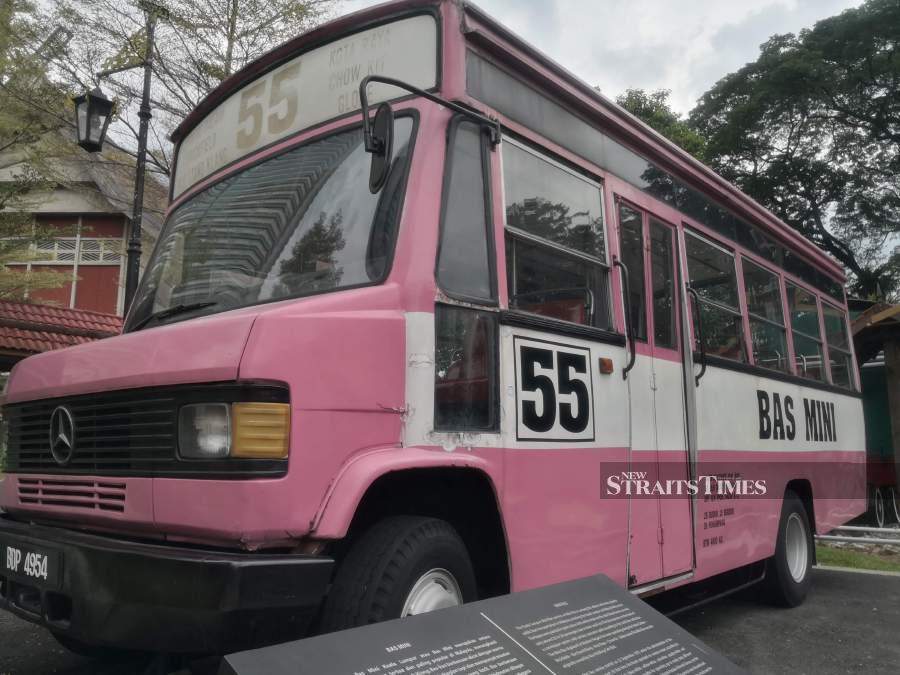
Beginning with a parade of journalists like Abdul Rahim Kajai, Ahmad Boestamam and Zainal Abidin Ahman (Za'aba) who helped spark nationalism through their insightful writings, the exhibits also highlight notable events in past general elections through a series of attractive leaflets and impactful photographs.
Nation building successes seen through the various five-year Malaysia Plans, progress-driven Felda schemes and effective poverty-eradicating projects convince me that only by electing a strong and stable government this Saturday will help ensure continuity in Malaysia's march towards an even brighter future.
Capitalising on our nation's racial diversity and harmonious cohesion, the exhibits provide ample proof that strength derived from unity not only has the ability to overcome seemingly unsurmountable obstacles but also spur Malaysians to continue working hard in ensuring that the Malaysian economy remains competitive and prosperity is shared by all.
Venturing outdoors through the museum souvenir shop exit, larger exhibits highlighting various transportation modes come alive. Apart from steam and diesel locomotives, the nostalgia provoking collective also include the iconic Kuala Lumpur mini-bus.
Affectionately known locally as bas mini, it is one of the oldest and most popular public bus type that plied various routes throughout the Klang Valley.
Easily identified by their pink and white colour combination, these pint sized vehicles operated on commission basis where drivers were paid according to the fare collected. Discontinued in July 1998, it was replaced by the Intrakota bus service and eventually the current RapidKL buses in 2005.

FAST FACTS
Muzium Negara,
Jalan Damansara, 50566 Kuala Lumpur,
Wilayah Persekutuan Kuala Lumpur.
TEL 03-2267 1111
FAX 03-2267 1011
EMAIL [email protected]
WEBSITE www.jmm.gov.my/ms/muzium/muzium-negara
HOUR 9am to 6pm, daily. Visitors are advised to check the schedule for free guided tours which are conducted in Bahasa Melayu, Mandarin, English, French and Japanese. Set aside at least an hour to fully appreciate the many captivating museum exhibits.
PAY RM2 per adult



